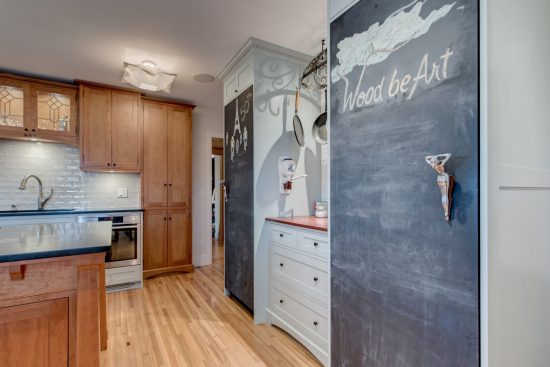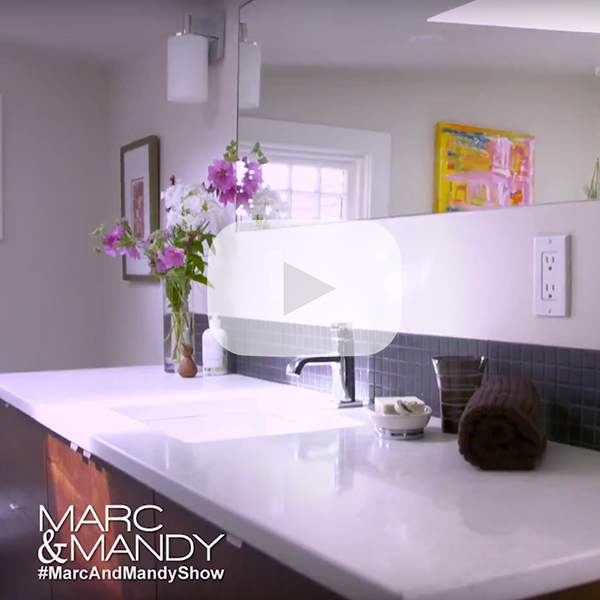
This next series is going to be: Steps to Getting Completing your Renovation.
PHASE ONE- PLANNING!
Congratulations! You’ve decided to renovate. This is the most exciting time in the process, the euphoria you feel will most likely be extinguished by all the decisions, dust and struggles to realize the vision, the room, the home of your dreams. It’s like finding out you’re pregnant. Boom! Ridiculous joy. Then the morning sickness, the pain of bringing that life into the world, the anxiety and worry as you raise that child until one day that child matures. Each step along the way can be frustrating and rewarding. The renovation process is like that, too. The anxiety and worry about the choices you make, the money you spend, and the people you work with – both hired and your partner. The yin and yang, the two-sided coin that life is.
Your renovations should take less time than it takes to raise a child! Especially, if you find the right contractor. Keep in mind though, Rome wasn’t built in a day. Your reno won’t be completed in one either.
So now what? You’ve put your foot down and decided that no longer are you willing to cope in your current environment. You’re excited and want to get moving towards that magazine worthy result ASAP. Great!
Let’s talk about a little thing called – PLANNING
For some the planning stage is like having to do your taxes. The numbers are cumbersome and unless you’re an accountant who gets off on that sort of thing, the planning can be tedious, but it’s worth the effort. Proper planning will help make the project run more smoothly. Materials and fixtures can and will be ordered to allow for lead times, which will result in them being available when needed.
For example – You can’t install tiles around a tub if the tub has yet to arrive on the site and hasn’t been installed.
Where do you start?
The scale and scope will provide some clues as to who you’ll need to find to collaborate with on the project.
Designer, architect, contractor?
But even before you get to looking for those professionals, something that some people fail to keep in mind is what the intention of the project is.
You need to ask yourself the why?
Who is it for?
Is it for function? Esthetics? Quick fix/flip? Getting ready for resale? Your forever home?
Let’s talk about an example.
You are doing a bathroom reno and need to choose fixtures and layouts with different cost impacts.
** If the bathroom is in your forever house, and you have a stressful, high level executive career, or you are a mom who just wants a kid-free zone. The bathroom is meant to be a quiet and serene place to enjoy a long bath with candles, glass of wine and a trashy novel. You may elect to spend the money on an uber cool free standing bathtub, faucet, tile surround, and heated floors.
**If you are doing a family bathroom your choices, while still stylish, may lean towards hard wearing, sturdy, and easily cleaned options.
**If you are in a condo and using it as a stepping stone into the market and plan to be there for 2-4 years, I’d recommend you choose good quality fixtures at a good price point, but not overspend to the point where you will not get a return on the investment. Save the bling for your forever home.
Just like a house needs a foundation, I often coach clients to answer some of these questions and to provide the foundation they need to help with the decision making process.
As a side benefit… I like to think that getting the decision making foundation in place may help save the odd marriage, too!
Questions you need to ask yourself in the PLANNING stage:
- What are your decision making processes like? Are you someone who can make quick decisions after being provided with a couple options and the pro/cons of each? Or slower, needing time to consider and re-consider each option? What about your partner? Knowing your decision making style and that of your partner will definitely help with the 1000’s of decisions you’ll need to make along the way.
- When it comes to actually making a decision, will one person take the lead or will it be collaborative? Or will it be a mix – one person feels more strongly about the layout but not as fussed about paint colors OR the will the main cook in the home have control over the kitchen and the other control over the office or media room for example?
- What are your longer term goals for the property? Is it your forever home, stepping stone property, getting ready to sell, a flip?
- What are the needs of the family for the space?
- Are there any mobility issues? Will there be – re aging in place?
- Do you have a young family, are you about to be an empty nester? How much weight will you place on your current lifestyle? Future lifestyle?
- What is your realistic budget? Not the cheap version for a DIY’er or the Beer belly budget and champagne taste one, but the real DONE TO COMPLETION BUDGET…. How are you funding the project? What’s the maximum spend? Are you prepared to make compromises if needed?
- When do you want to take a reno on? – Is there a better time of year to be able to focus on the project, deal with decisions, disruptions, stress. How about a growing family? If you need an extension to accommodate a nursery and nanny suite, starting close to when a baby is due is not ideal. Or starting too late in hopes the project can be completed before an event – say a kitchen reno before a milestone birthday bash you are hosting or big Christmas dinner where family is coming in from across the country.
- Engage in a higher level discussion about the property. Are you phasing renovations – room by room, floor by floor? You might be surprised about a room or project that wasn’t on your radar but is critical to your partner. Can you say Man Cave or Carrie Bradshaw walk-in closet?
- Are there any future phases of work to be considered? Such as- doing a kitchen but planning to do the adjacent bathroom in a year. While the space is open, your contractor may advise you to do some pre-planning of infrastructure – additional wires be run from the panel, or replacing bits of plumbing etc., so that cutting open walls is done once, not multiple times incurring multiple repair costs to finished spaces of the house. It may cost a bit more now, but potentially less later, and a bonus is that you may have a bit less disruption down the road. The key here is to share your longer range plans.
- What are the must haves? Items, ideas, splurges?
- How much if any work do you want to take on? Do you have the time and expertise to take it on? If you missed our previous DIY episode, we discussed this topic more in depth there.
This is phase one, PLANNING.
Next, we will talk about how to DO YOUR HOMEWORK.


